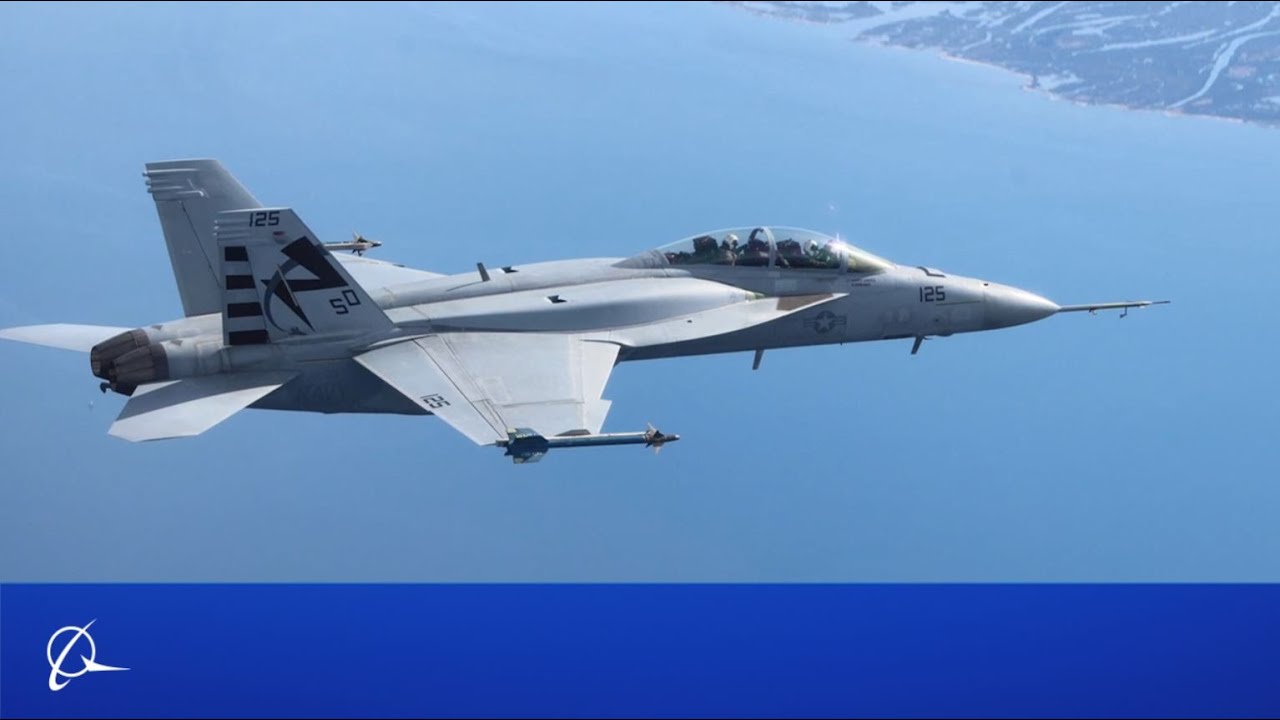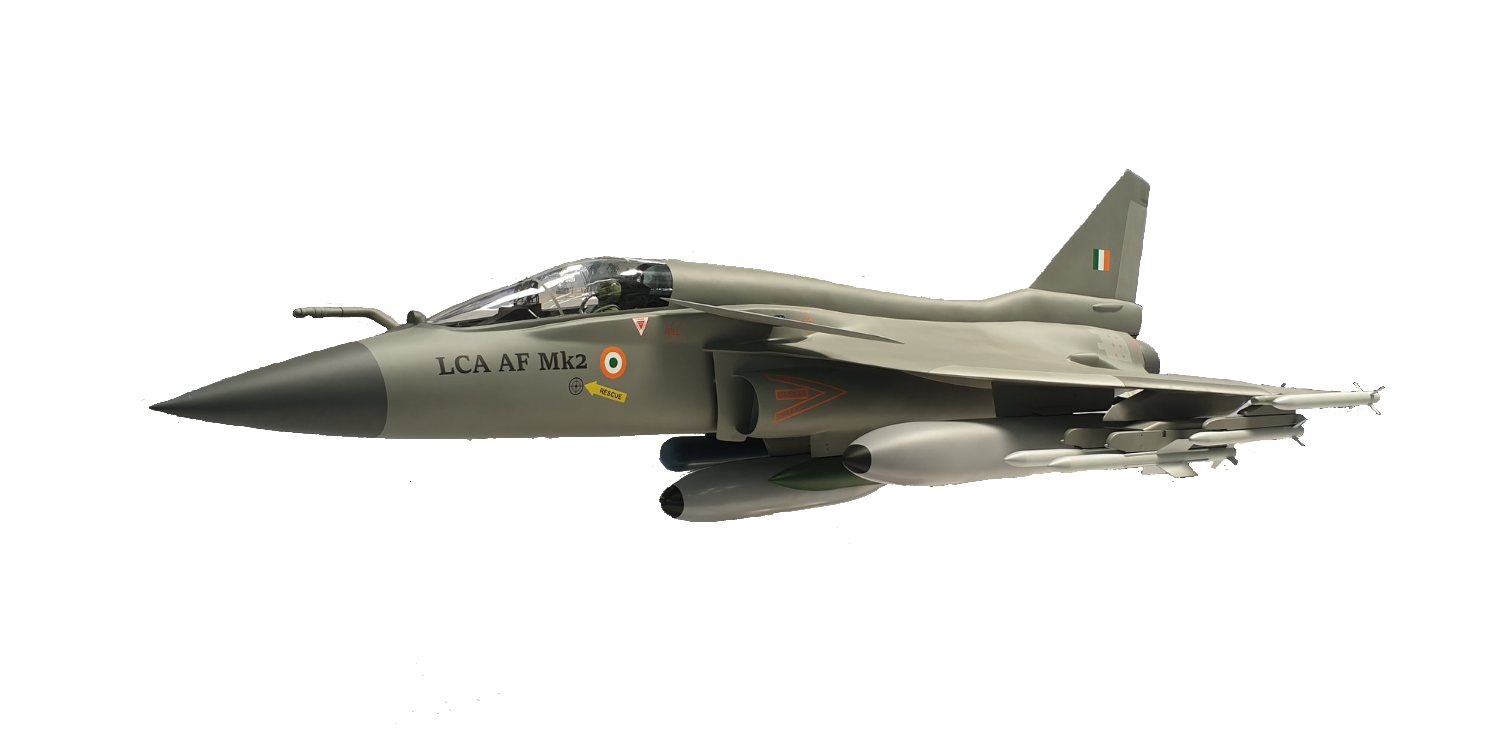The Indian Navy’s quest to acquire a carrier-based fighter jet for its indigenous aircraft carrier INS Vikrant is nearing conclusion after months of rigorous evaluations. As per speculations, the Dassault Rafale is expected to win this tightly-fought contest against Boeing Super Hornets.
According to a report published on January 4 in the French publication La Tribune, a contract for over 26 Rafale Marine fighters could be signed during French President Emmanuel Macron’s visit to New Delhi in March 2023. The exact dates of the Presidential visit have not been announced yet.
The report speculated that the Indian side was likely working on the formalities for signing an agreement in March 2023, as the year marks the 25th anniversary of the strategic partnership between the two countries.
However, no such communication has been released by the Indian government or the Indian Navy.
In December 2021, the former French Defense Minister Florence Parly told the media that Dassault Aviation could bag an order for “26 to 57 Rafale in Navy version.” However, a deal may now be signed for 26 Rafale Marine fighter jets instead of 57.
To supplement its dwindling and ailing fleet of carrier-based MiG-29K fighters, the Indian Navy evaluated the French Dassault Aviation’s Rafale-M and the US-based Boeing F/A-18 Super Hornet earlier this year. The tests involving both aircraft were conducted at a shore-based test facility in Goa, India, a few months apart.

After the trials, the Indian Navy submitted an exhaustive report on Rafale and Super Hornets to the Defense Ministry to make a final decision on the procurement, according to reports in The Times of India. As per the report, French Rafale-M is “more suitable in meeting the operational requirements and criteria” than the Super Hornets.
Earlier, military experts had said that the wings of the Rafale-M could not be folded, making it take up more space on the aircraft carrier’s deck. In contrast, F/18 Super Hornet somewhat enjoyed an advantage with its folding wing mechanism.
However, several other features of the Rafale Marine were factored into the report, which favored the Dassault aircraft. The 26 jets the Navy intends to purchase are merely a stop-gap solution until the nation develops and manufactures its twin-engine deck-based fighter (TEDBF).

The Navy is considering importing deck-based fighters as a temporary solution because TEDBF won’t be ready for another ten years, and the MiG-29K aircraft have faced many technical problems, requiring replacement.
A report in another local French publication clarified that the remaining aircraft would not be supplied by the United States but by the Indian manufacturer Hindustan Aeronautics Ltd.
According to speculations, the Indian Navy will acquire the HAL Tejas Mark-2 multi-mission aircraft, which is expected to be operational between 2024 and 2026. EurAsian Times could not independently verify these claims.
Tejas Mark-2 For Indian Navy?
The LCA Mark 2 multirole fighter jet is a more potent version of the indigenous LCA Tejas fighter aircraft. Being developed by the Aeronautical Development Agency’s Tejas Mk-2, a 4.5th generation fighter is anticipated to be the most advanced Tejas derivative created and produced domestically.
The aircraft will be equipped with a more powerful engine, the American GE-414, stronger radar, better avionics and electronics, and the ability to transport additional weaponry.
The Mk2 variant of Tejas will be armed with weapons like the Scalp, Crystal Maze, and Spice-2000. Further, it will be equipped with locally produced Astra Mark 1 and Mark 2 missiles for air-to-air conflict. The ‘Made in India’ Uttam AESA radar will direct the Tejas Mk-2.

However, despite its stellar and promising performance, the Tejas Mk-2 is not a carrier-based fighter jet. It will be inducted into the Indian Air Force as a replacement for the aging Mirage-2000 and Jaguars. In a nutshell, it will be operated as an air-to-ground attack aircraft.
The carrier-based aircraft the country is pining for is the HAL Twin Engine Deck-Based Fighter (TEDBF). According to the Indian Navy Chief Admiral R. Hari Kumar, the service is putting together a draft cabinet note for the design and development of the TEDBF, which India intends to operate from its aircraft carriers.
TEDBF’s initial prototype should be completed by 2026, and production could start sometime around 2032. The Navy collaborates with the Defense Research Development Organization (DRDO) and Aeronautical Development Agency for the TEDBF Project.
Previously, Aerospace analyst Girish Linganna had explained to EurAsian Times that the TEDBF could be viewed as the successor of the Naval variant of the indigenous Tejas jet. Tejas is a light combat aircraft with a single engine. But the Indian Navy has concluded that it needs a twin-engine plane to take over the role of the MiG-29K.

The expert further stated that the TEDBF fighter is a twin-engine canard derivative of the Tejas fighter jet that is carrier-based and multirole. HAL and the Aeronautical Development Agency (ADA), an autonomous agency under India’s Ministry of Defense, are working on it together.
Drawing a preliminary conclusion from the above arguments, it is unlikely that the Indian Navy would be interested in the Tejas Mk-2, which does not qualify as a carrier-based aircraft. However, the TEDBF seems to be on track and could be inducted into the Indian Navy for operations aboard the carriers in the next ten years.
- Contact the author at sakshi.tiwari9555 (at) gmail.com
- Follow EurAsian Times on Google News




